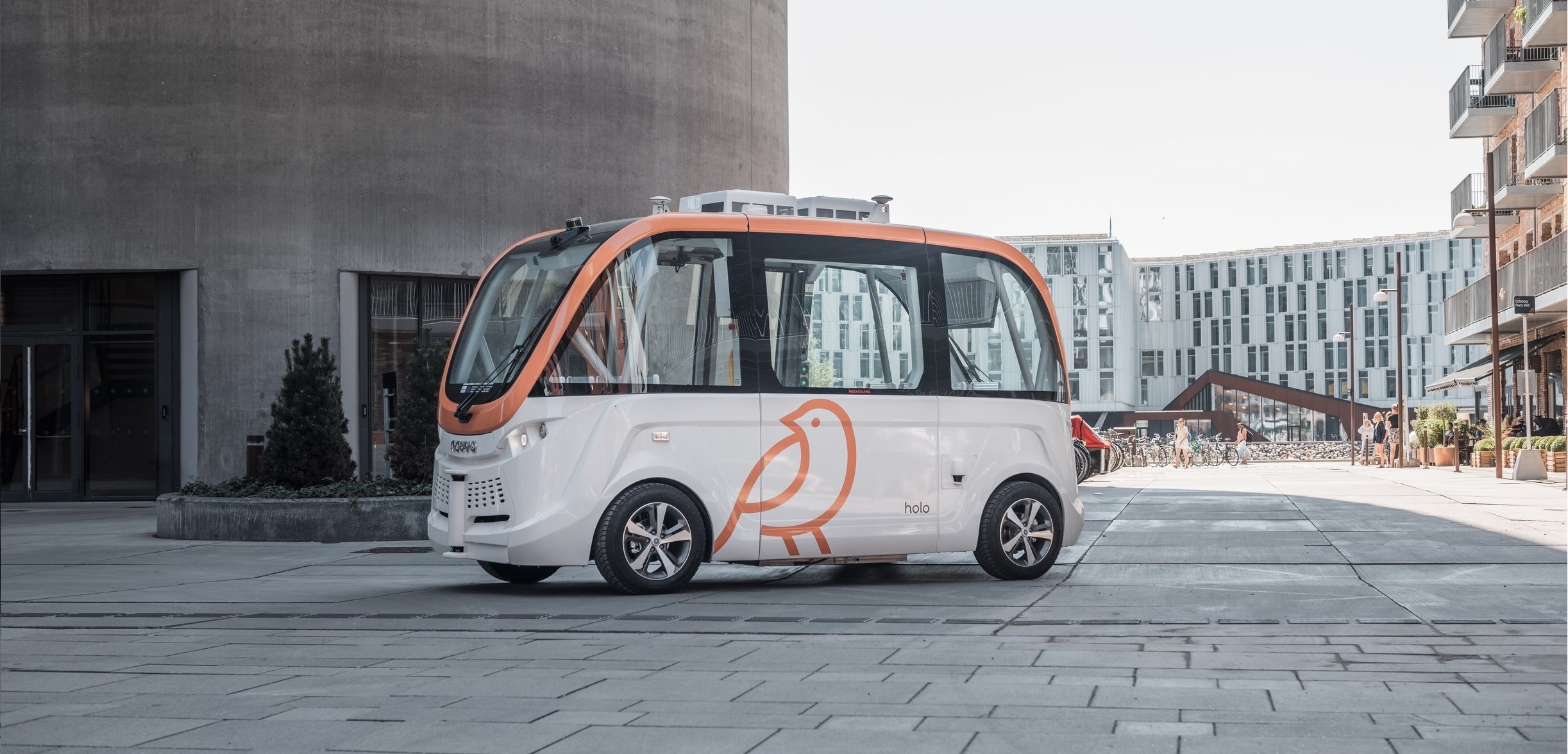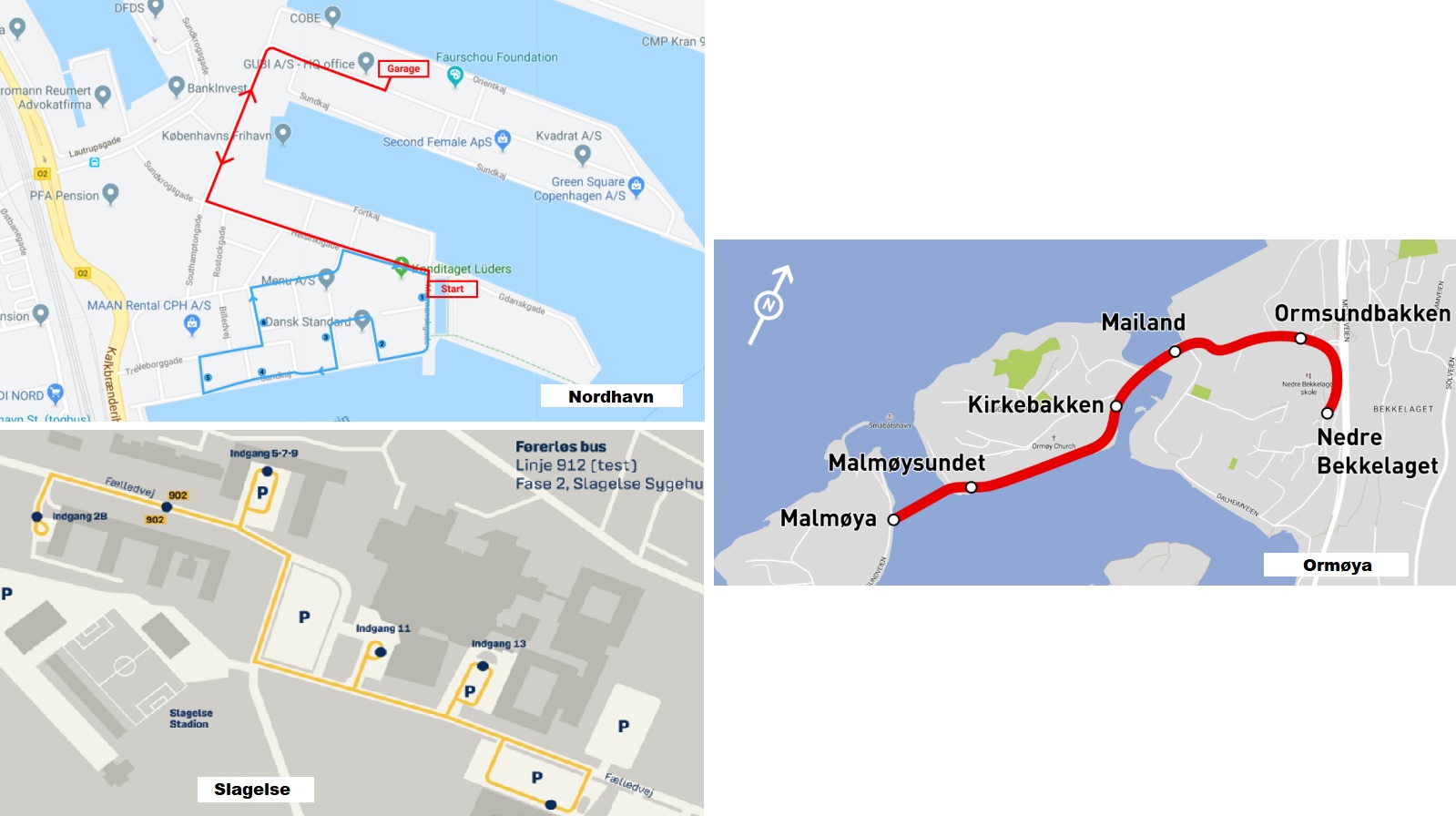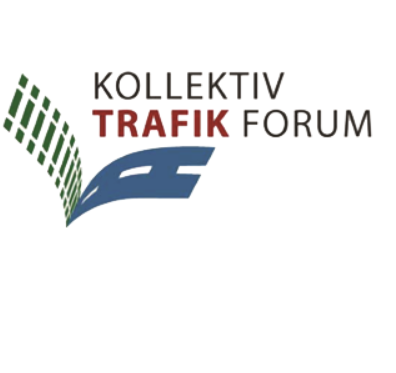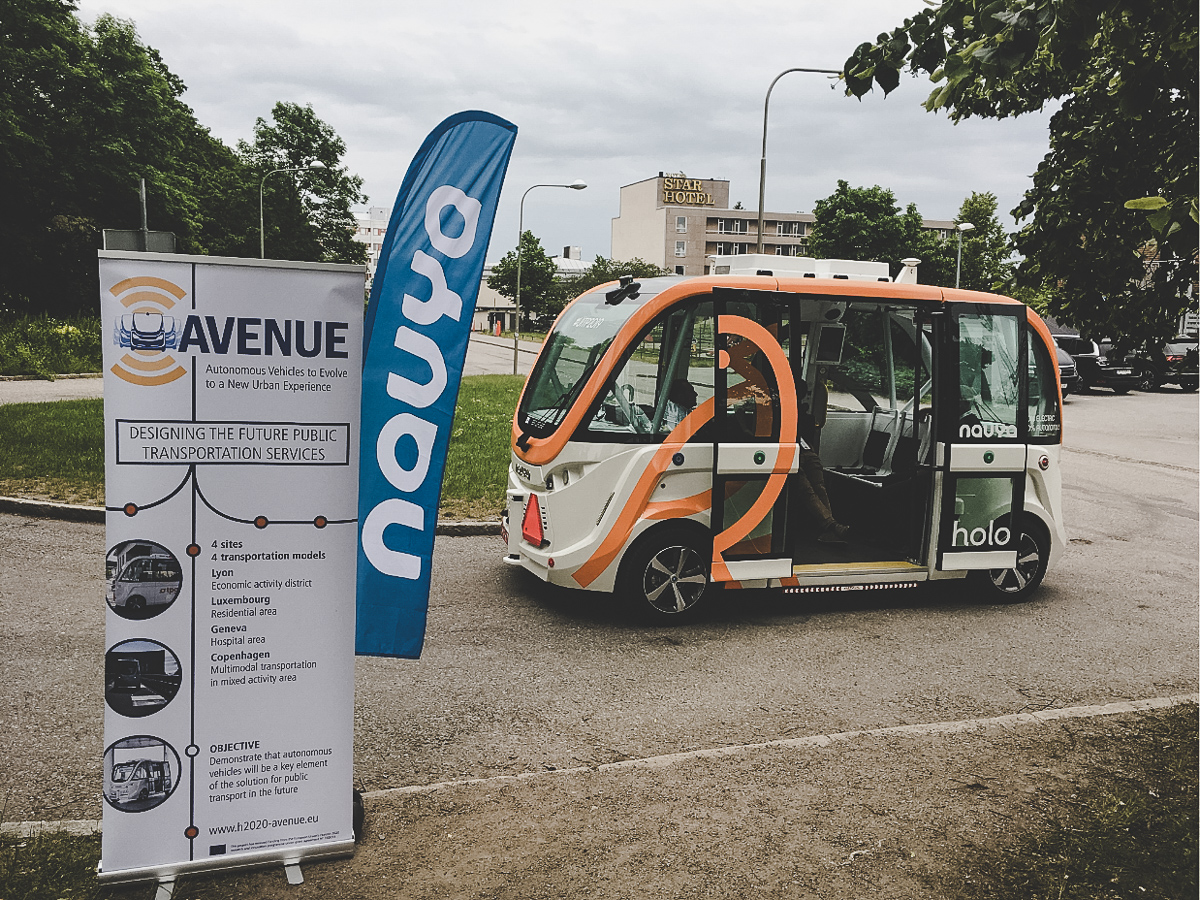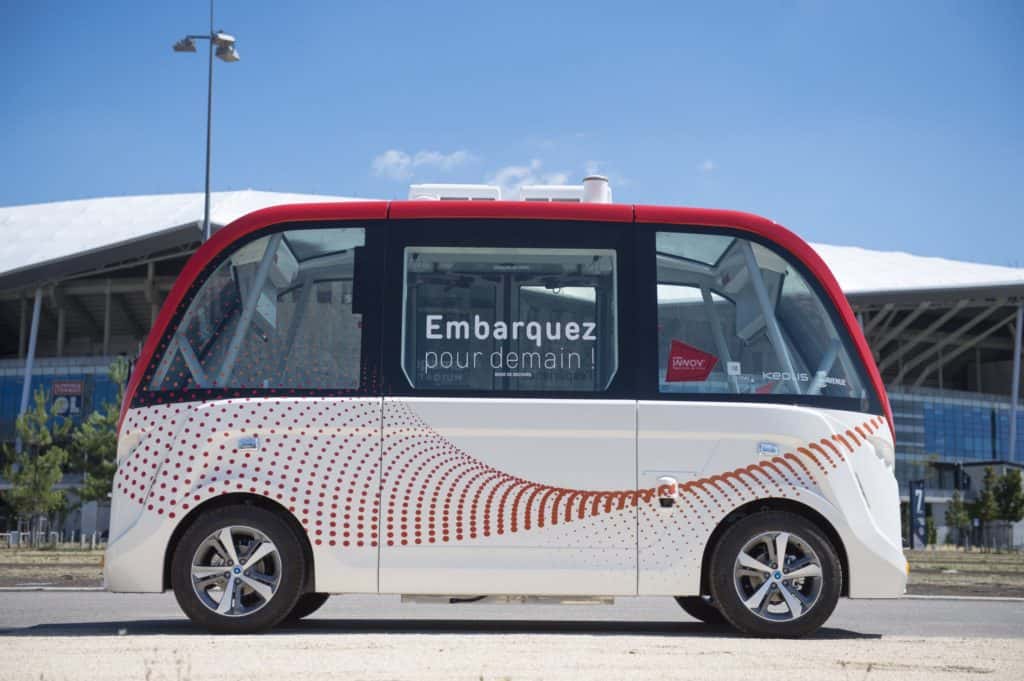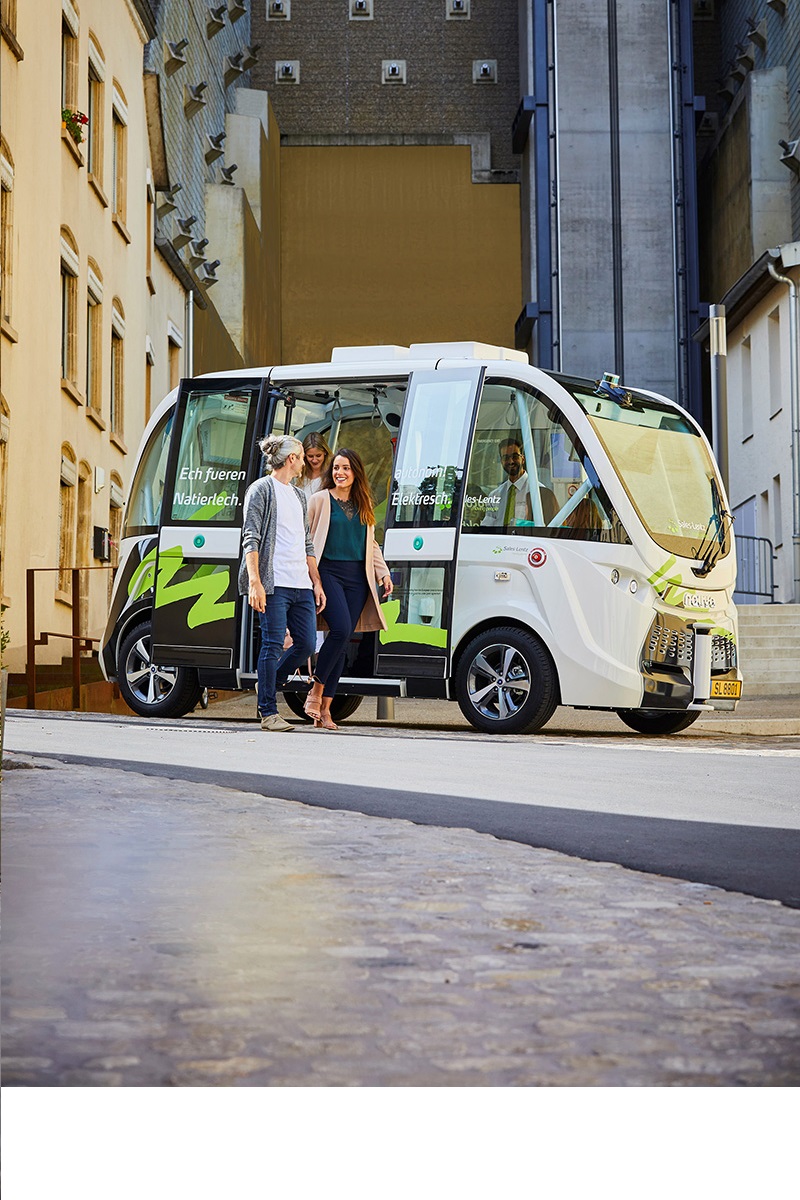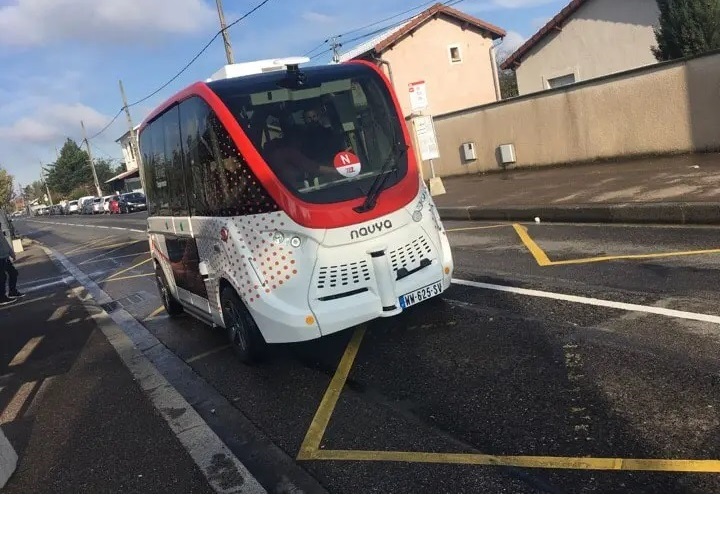Copenhagen is the most populous city in Denmark, with over 1.3 million inhabitants in the greater city area. Copenhagen has set up a goal to turn the city into the world’s first CO2-neutral capital by 2025. Therefore, there is a strong focus on creating green growth. In the city of Copenhagen, there is a federated public transport system where different operators offer services under agreements with the city and state. In the city area, the transport solutions consist of an extensive network of buses, trains, metro, and two lines of shuttle boats.
The pilot sites
The first Copenhagen demonstration site was located in an area of the city called Nordhavn. This area is an active industrial port undergoing a transformation into Copenhagen’s new international waterfront district, with residential and commercial buildings. When the neighbourhood’s metamorphosis will be complete, the area will host more than 40,000 residents and the same number of employees. This transformation is the largest and most ambitious urban development project in Copenhagen to this day. The vision behind the new Nordhavn is “the sustainable city of the future”, which encompasses values such as environmental care, green traffic, accessibility for everyone, and a high quality of life. This deployment, operated by Amobility (trademark LetsHolo) created a better connection between selected areas of Copenhagen and existing public transport solutions. Unfortunately, the complex and extensive homologation process delayed the project by more than 2 years and the site only became operational in July 2020. Finally, with the roadworks on the Nordhavn site and the impossibility to modify the approved routes, the site was abandoned early 2021 to focus on the Slagelse hospital site. This experience showed that the regulatory framework in Denmark needs to be drastically changed in order to be able to deploy commercial services with autonomous minibuses.
The Slagelse hospital demonstration site was located in the center of Slagelse, a 35,000 inhabitants city to the southwest of Copenhagen, in Denmark. This 5,5km route deployment, operating on demand through a reservation terminal, has been of great service to the hospital’s patients who often have reduced mobility. The deployment started in mid-2021 and ended one year later, helping many patients and improving their daily-lives…
The third site was situated on the little inhabited island of Ormøya in the municipality of Oslo. A small bridge allows the inhabitants to go there to enjoy beaches, parks and a marina. This deployment consisted of a 1.6km public road route including 6 bus stops (called 85b line). Thanks to this deployment, users had the opportunity to commute between Malmøya and Mosseveien, where express buses are going to and from Oslo, with departures every 10min from 6:30 to 20:30. This service provided a convenient access to a school and to the marina from late 2019 until the end of 2020. The major challenges there were environmental, both vegetation and snowfall were interpreted as obstacles and were also obstructions to the GSS signal.
Further information regarding the Nordhavn site, the Slagelse site and the Ormøya site is available within the Holo dedicated webpages, within the deliverable 7.9 and within the press releases (see below). See also the dedicated brochure and the operational data summary.
Sites achievements
- Driving in urban city center
- Driving in busy areas with many obstacles
- Helping the hospital patients and relatives
- Helping the hospital staff
- Learning about braking algorithms for carrying fragile passengers
- Driving in snowy and heavy rain conditions
- Helping local communities
- Driving on-demand. Order via public transport interface
A few figures
- 31,267km travelled
- 9,975 passengers transported

